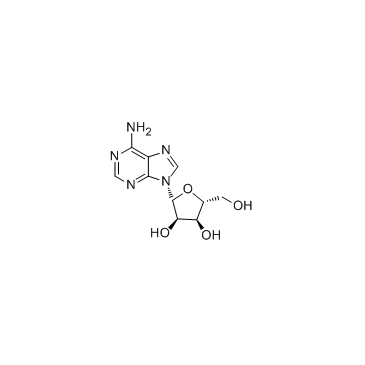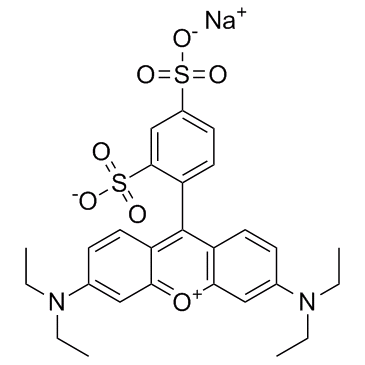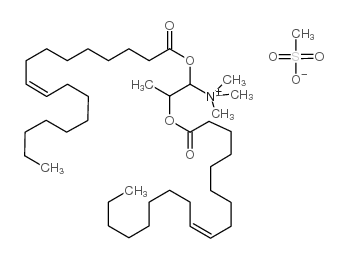| Structure | Name/CAS No. | Articles |
|---|---|---|
 |
Ethanol
CAS:64-17-5 |
|
 |
Alizarin
CAS:72-48-0 |
|
 |
Adenosine
CAS:58-61-7 |
|
 |
Acid Red 52
CAS:3520-42-1 |
|
 |
DOTAP Transfection Reagent
CAS:144189-73-1 |